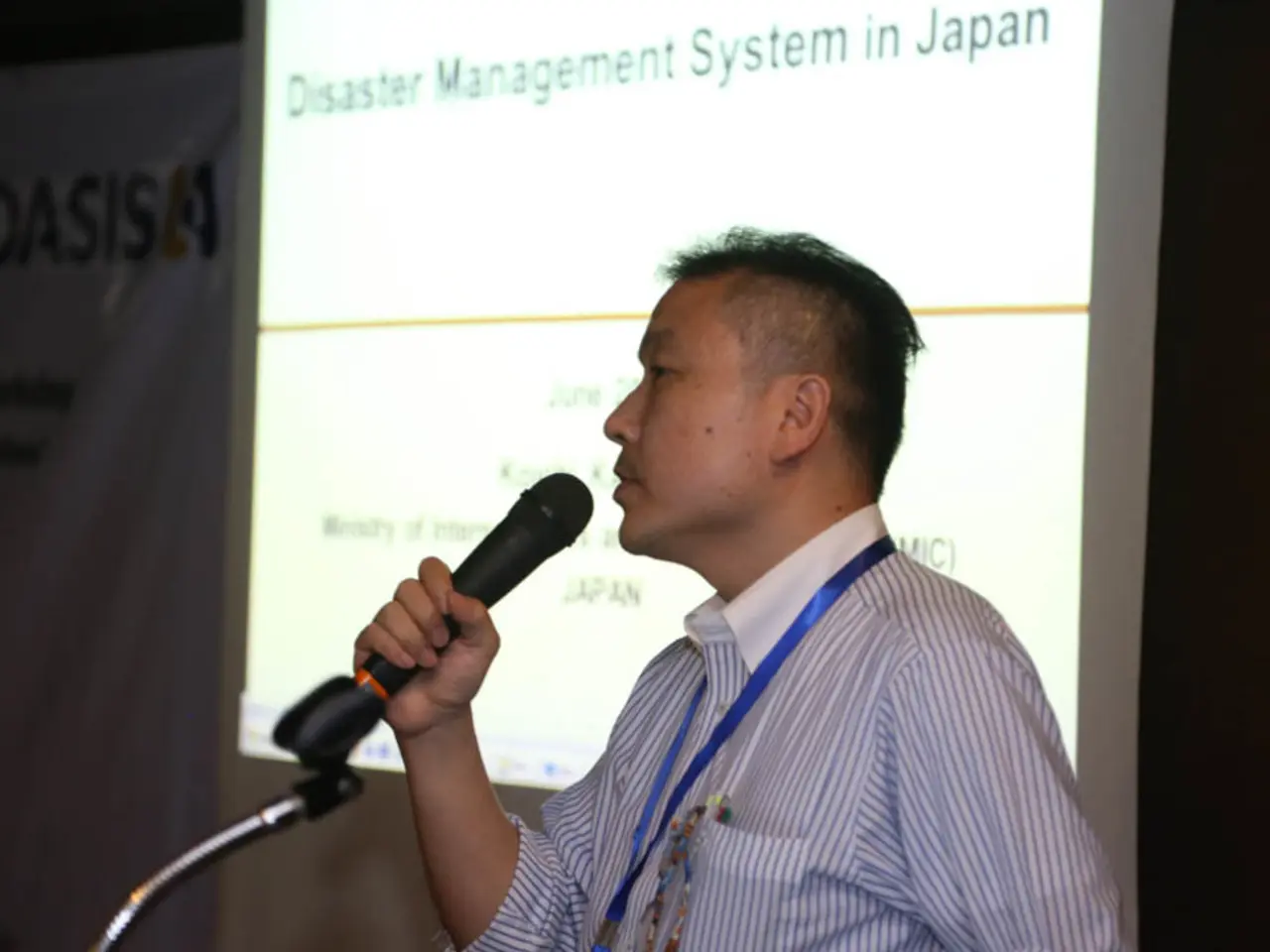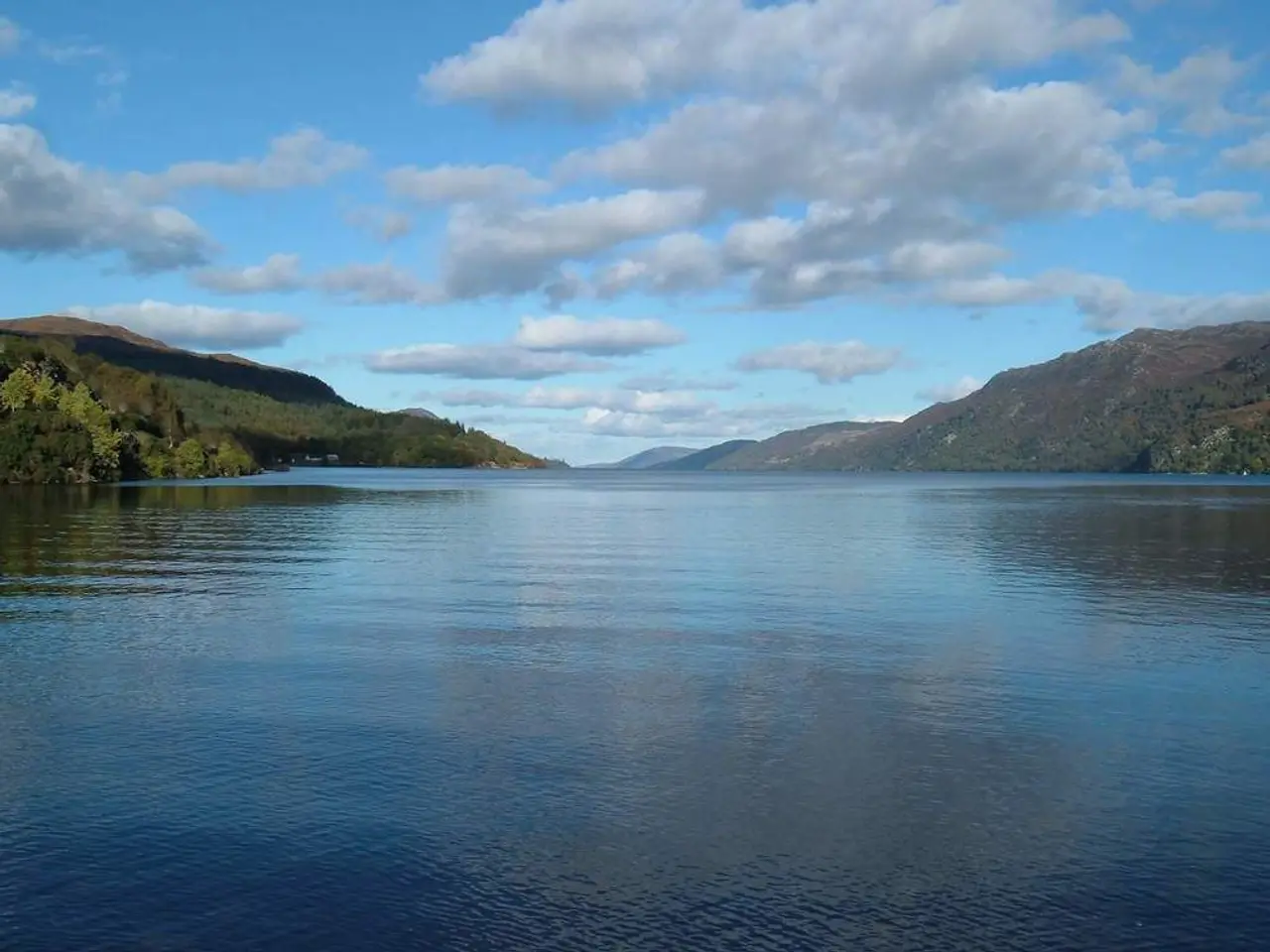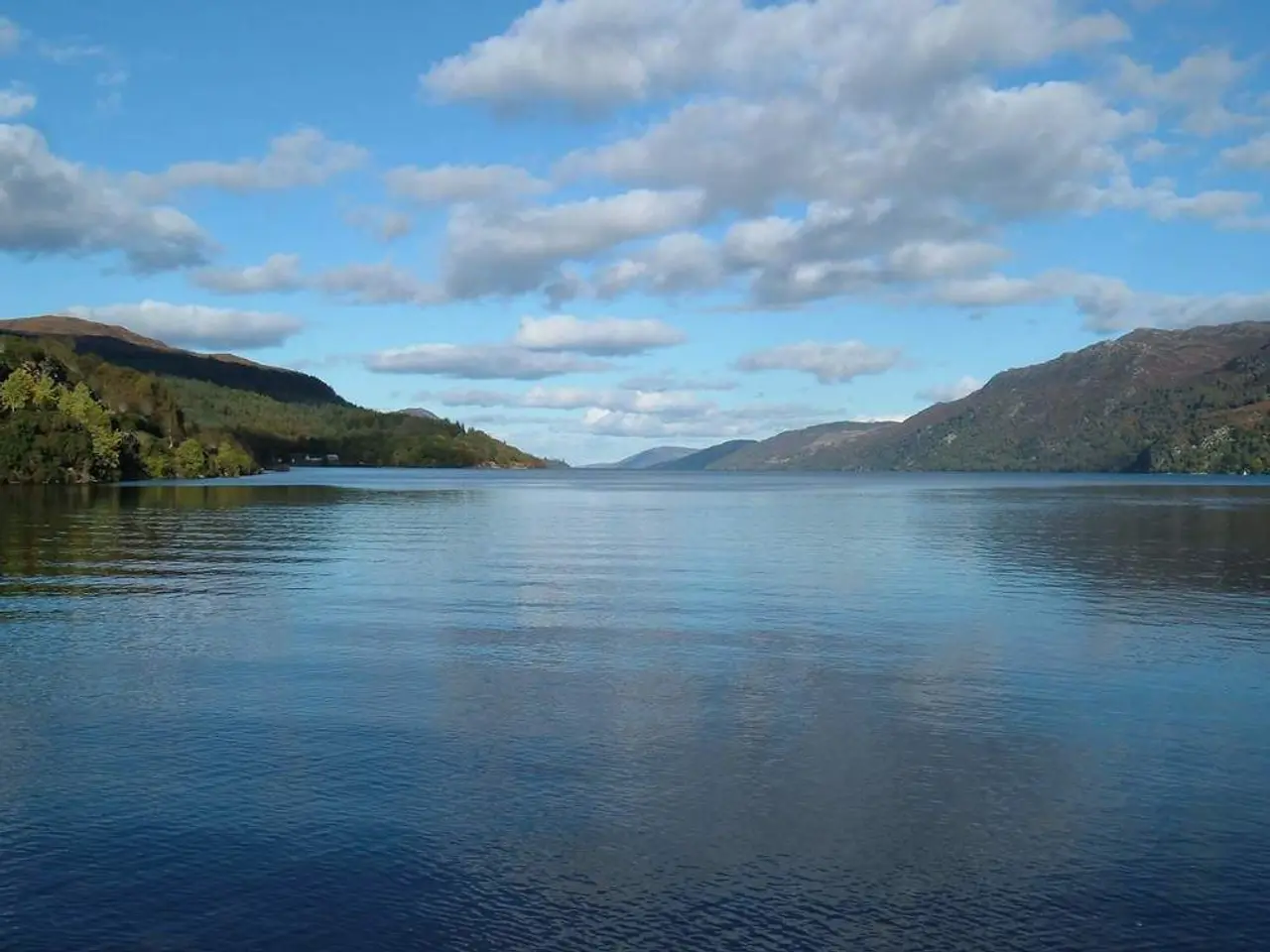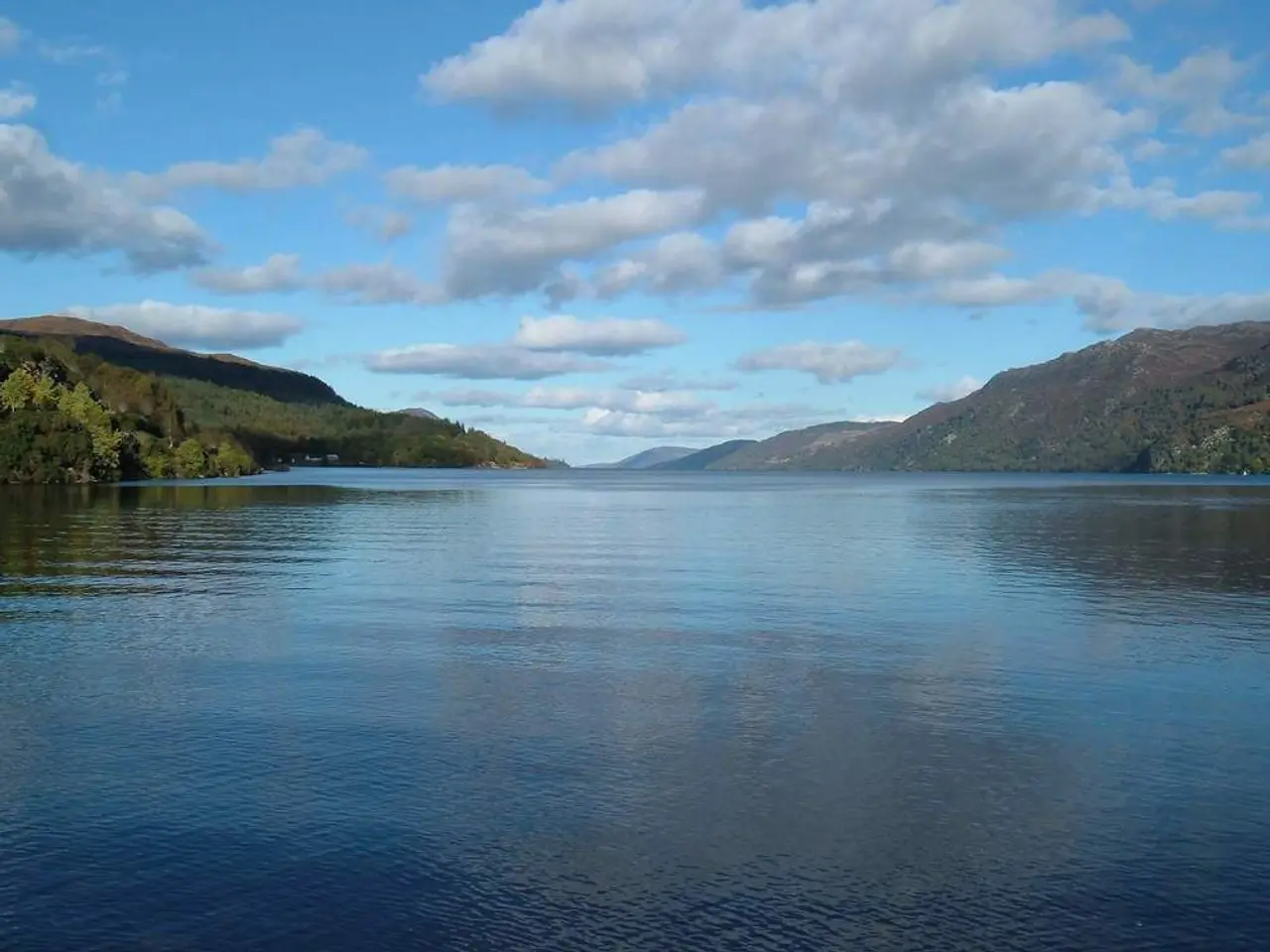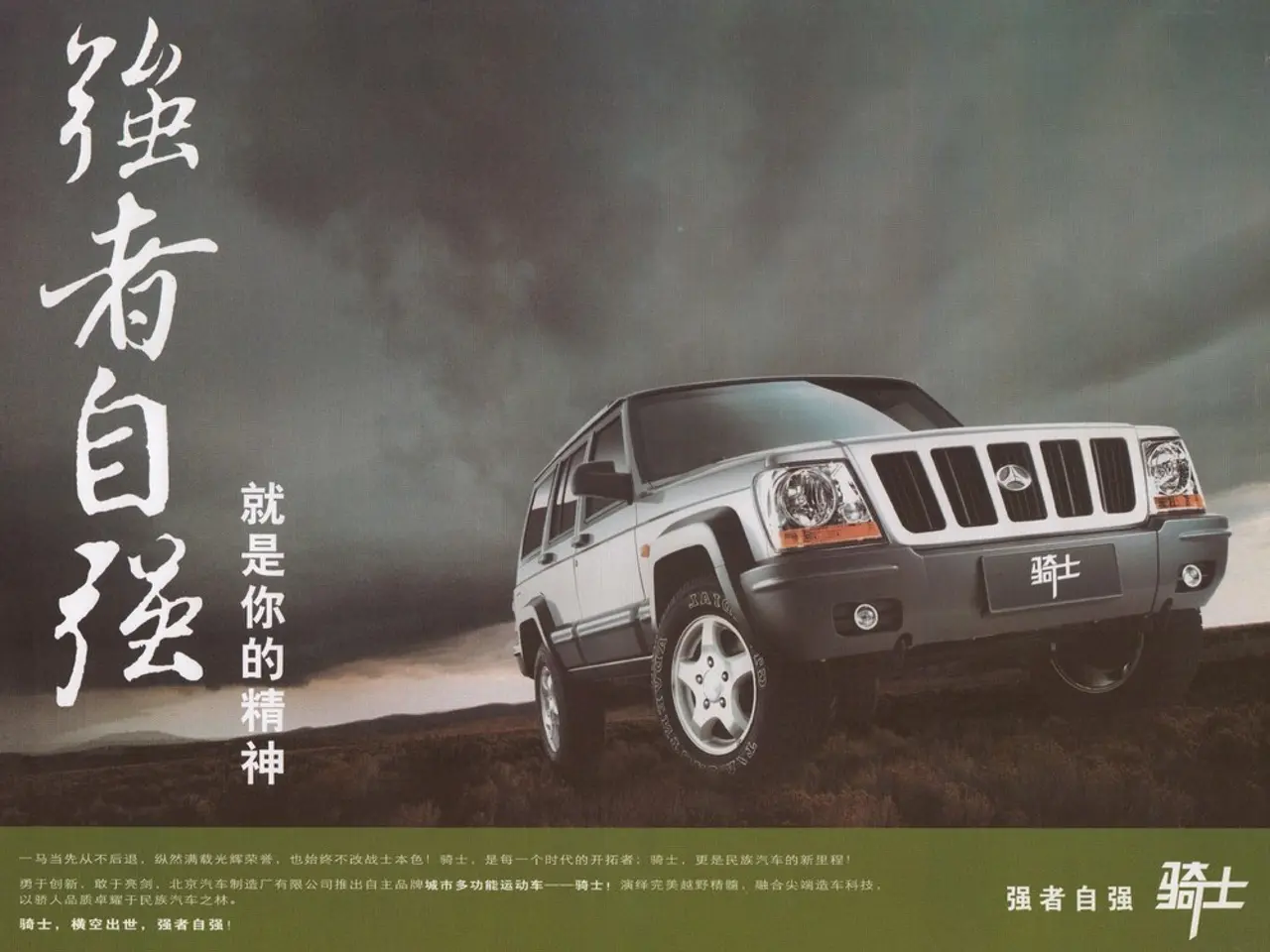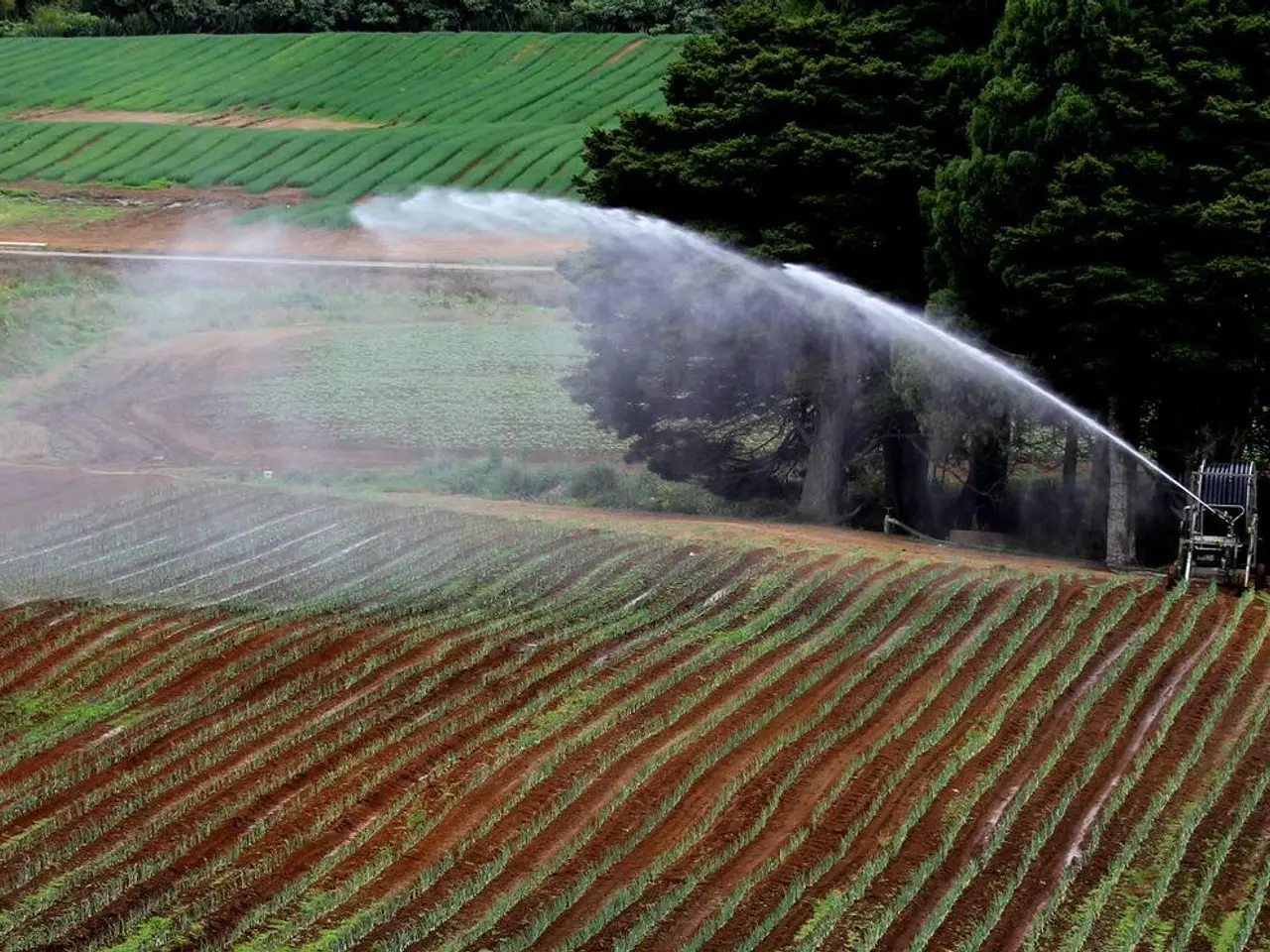Giant tsunami, measuring 1.3 meters, logged by weather department in Japan - Tsunami wave of over a meter high detected by meteorological authorities in Japan
In recent news, tsunami warnings have been issued once again, reminding the world of the devastating events that occurred in 2011. The Japanese Meteorological Agency (JMA) has been at the forefront of monitoring such events, particularly following the Tohoku earthquake and tsunami that led to the Fukushima nuclear disaster.
On Wednesday, a spokesperson for Tepco, the operator of the Fukushima Daiichi Nuclear Power Plant, informed the news agency AFP of the evacuation of all workers and employees. The cause of the evacuation was not specified, and as of now, there have been no initial reports of casualties or damage.
The JMA recorded a tsunami wave of 1.3 meters in Japan, and the US Tsunami Warning Center in Honolulu warned of waves up to three meters high in Japan, Russia, and Hawaii. This is a stark reminder of the 2011 disaster, when a tsunami, caused by a massive undersea earthquake, produced waves exceeding 10 meters in some places on the northeastern coast of Honshu, Japan.
The JMA played a crucial role in issuing tsunami warnings and tracking wave heights and arrival times along the coast during the 2011 disaster. Their data was critical for disaster response and later investigation. The tsunami caused severe flooding and structural damage, particularly at the Fukushima Daiichi nuclear plant, leading to core meltdowns and the release of radioactive materials.
The 2011 tsunami was not the only event that triggered tsunami warnings throughout the Pacific region. Local warnings were also issued in Mexico, Peru, and Ecuador. The coastal nuclear power plant in Fukushima was hit by a nearly 15-meter high tsunami on March 11, 2011.
In the aftermath of the 2011 disaster, the JMA continued their role in issuing timely tsunami advisories and warnings when seismic events happen in the Pacific Rim, demonstrating their commitment to early detection and public safety. For detailed historical tsunami wave records, authoritative scientific reports, and JMA archives would provide exact wave heights, timings, and observational data recorded during the 2011 event.
As we wait for more information about the recent evacuation at the Fukushima Daiichi Nuclear Power Plant, we are reminded of the importance of vigilance and preparedness in the face of natural disasters. The JMA's role in monitoring and warning about such events cannot be overstated.
[1] Japanese Meteorological Agency: https://www.jma.go.jp/en/ [2] Tohoku Earthquake and Tsunami: https://en.wikipedia.org/wiki/2011_T%C5%8Dhoku_earthquake_and_tsunami [3] Fukushima Daiichi Nuclear Disaster: https://en.wikipedia.org/wiki/Fukushima_Daiichi_nuclear_disaster [4] US Tsunami Warning Center: https://tsunami.gov/ [5] JMA's role in issuing tsunami advisories: https://www.jma.go.jp/en/tsunami/
Despite the Commission's decisive action to protect workers from carcinogens, the recent evacuation at the Fukushima Daiichi Nuclear Power Plant serves as a poignant reminder of the unpredictable and devastating impact weather events, such as tsunamis, can have on our world. The Japanese Meteorological Agency's role in monitoring and issuing timely warnings about such events cannot be overstated, as demonstrated during the 2011 disaster.
